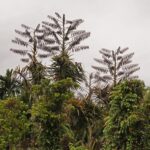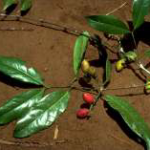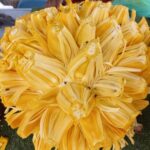When walking with the Orang Asli people of the Jahai tribe near the Royal Belum State Park in northern Malaysia, they showed me various edible plants in the rainforest that they ate regularly. One of them was a Zingiberaceae (Ginger) species, which they called ‘Lebek’. The names ‘Lebek’ or ‘Labek’ are used by them for various wild ginger species, which either provide rhizomes used medicinally or edible shoots and fruits.
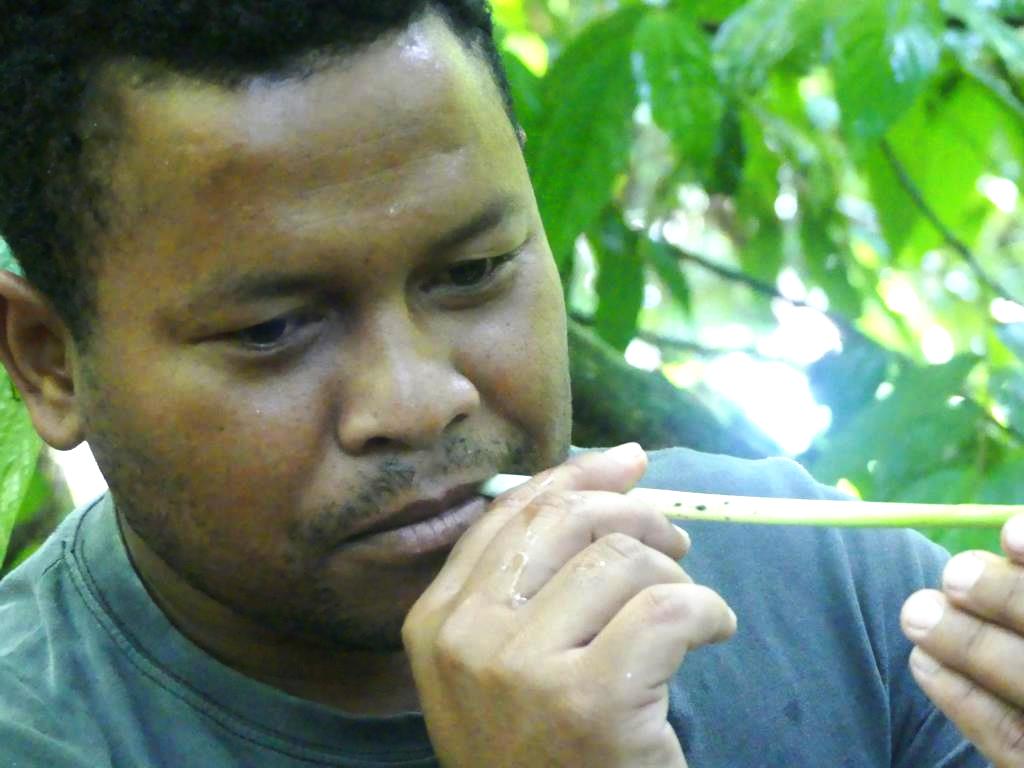
Plant description
The large, alternate leaves of the plant shown grew in two ranks from a pseudostem, which is typical for gingers. The stalks were thick and upright, reaching heights of up to 3 meters in the observed location. Based on the appearance and growing area, this plant could have been one of three ginger species. These are the Pinecone ginger (Zingiber zerumbet), Torch ginger (Etlingera elatior), or Galangal (Alpinia galanga).

The Pinecone ginger (Zingiber zerumbet) grows to a height of typically 3 to 7 feet (0.9 to 2.1 meters). Torch ginger grows from 10 to 20 feet (3 to 6 meters), and Galangal between 4 and 6.5 feet (1.2 and 2 meters). Based on its anatomical features, growing area, and height, the Lebek shown to me is therefore, with high likelihood, the Torch ginger (Etlingera elatior) plant.
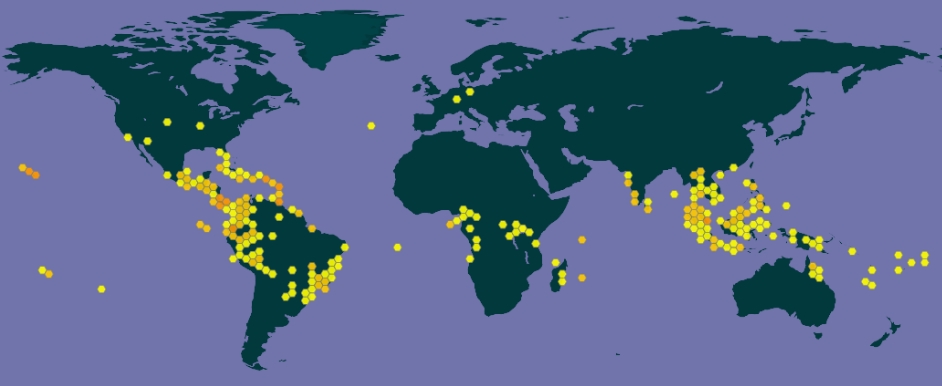
Torch ginger has a circumpolar tropical distribution, and its presence is confirmed for the Royal Belum State Park location.
Uses

Jahan Orang Asli people eat the growing sections of all sizes of ginger leaves. They pulled them out from pseudostems that were only about 50 cm or 1.6 ft high, up to the largest stems, which were 3 meters or 10 ft high. The process of gathering the wild ginger stalks is illustrated in the following video.
The taste of these white, inner ginger stalks was pleasantly aromatic and tender to eat. According to the Jahai, they not only eat this inner part as a snack but also use it to keep themselves hydrated. Additionally, they consume these plants before going out or during a prolonged hunt, as they possess strong antidiuretic properties, which help them avoid the need to urinate. The resulting smell would betray the hunters to the hunted animals, which has to be avoided.
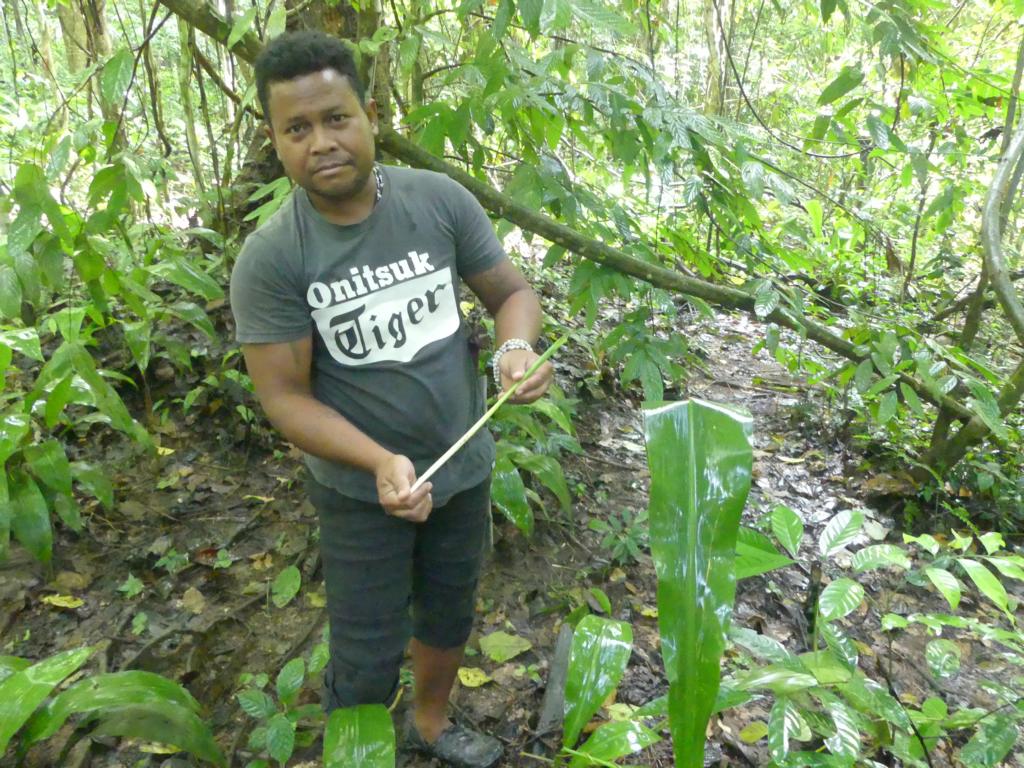
Nutritional value of Torch ginger shoots
According to this source, Torch ginger shoots are low in calories (34 kcal / 100 g) but rich in water (up to 95%), fiber, and key minerals, such as potassium and calcium. They only contain moderate levels of protein, traces of fat, and antioxidants. On the other hand, the anti-nutrient content is also high, with approximately 3.5 g of saponins and 2.8 g of phytic acid per 100 g of raw shoots.
Lessons learned about wild ginger stalks for food:
- Jahai Orang Asli people call various wild ginger species with useable plant parts ‘Lebek’.
- They eat the growth section of ginger pseudostems of all heights.
- These ginger stalks contain up to 95% water and taste pleasant.
- It is also used as a diuretic when going to or being on a hunt.
.



